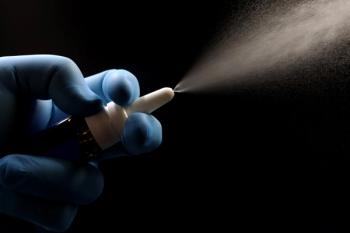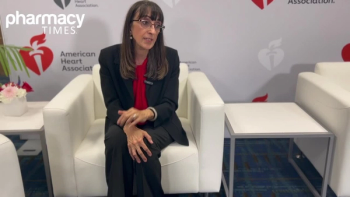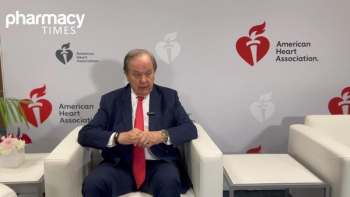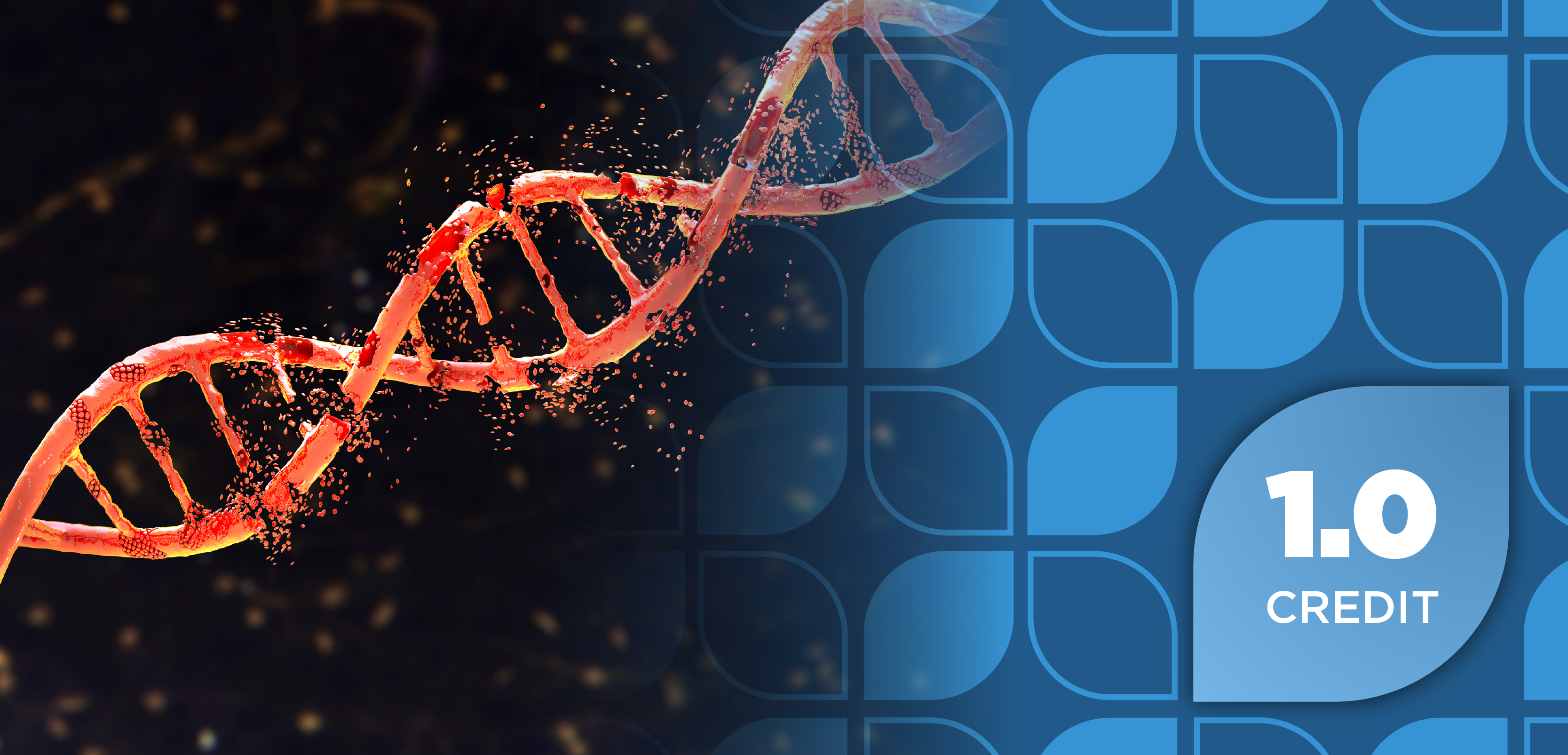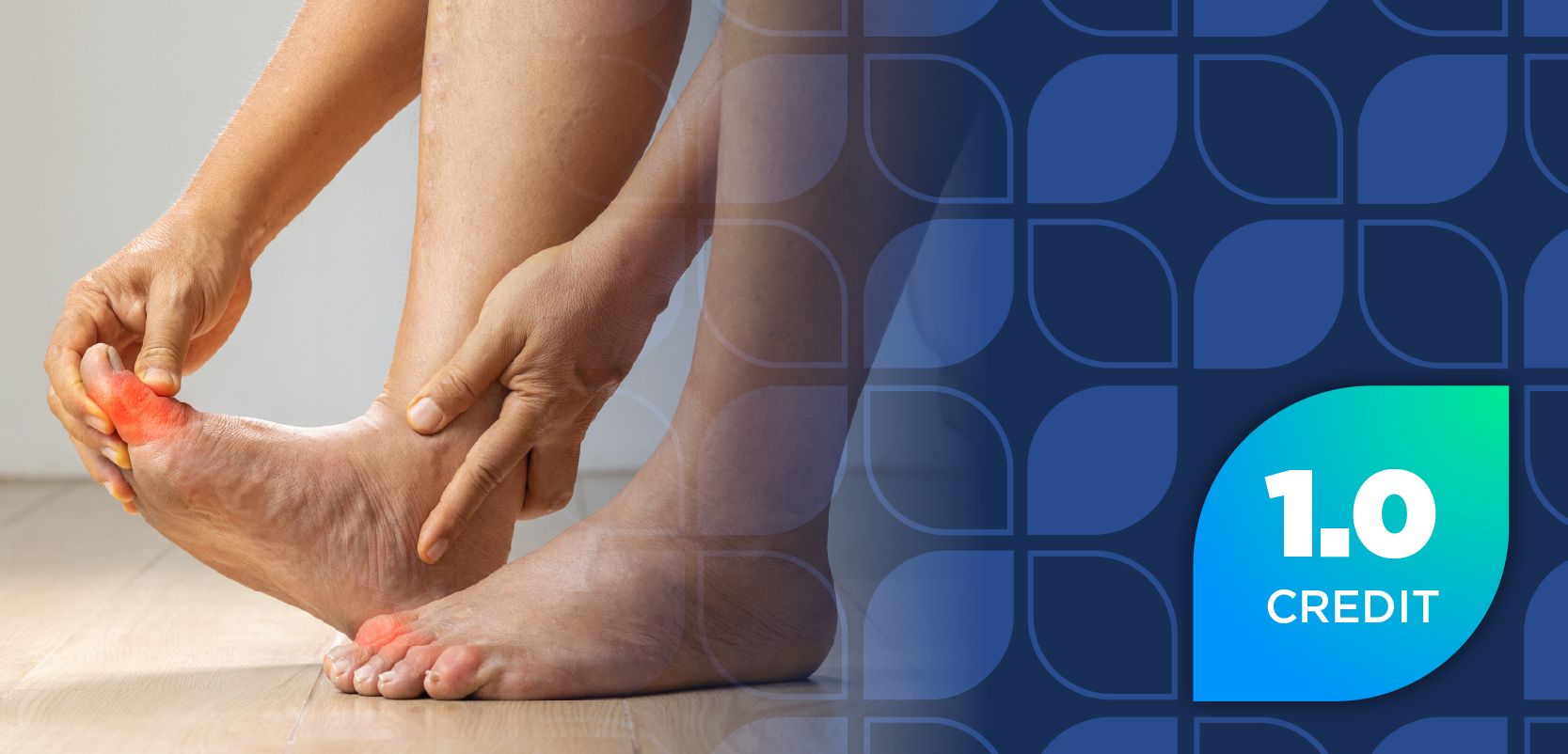
Dual-Antigen Targeting in Myeloma: Improved Responses in Extramedullary Disease
Shaji Kumar, MD, shares data and insights from the phase 2 RedirecTT-1 study.
In an interview with Pharmacy Times, Shaji Kumar, MD, consultant and research chair of the Division of Hematology in the Department of Internal Medicine at Mayo Clinic, discussed emerging data from the phase 2 RedirecTT-1 study (NCT04586426). He shared key insights into the treatment of relapsed/refractory multiple myeloma (MM), emphasizing the disease’s complexity and heterogeneity, and highlighted how combination therapy with teclistamab (Tecvayli; Janssen Biotech, Inc) and talquetamab (Talvey; Janssen Biotech, Inc) may improve response rates.1
Pharmacy Times: How does the biology of MM—particularly in heavily pretreated or high-risk patients—affect the rationale for dual targeting with talquetamab and teclistamab?
Shaji Kumar, MD: So, relapsed myeloma is genetically a very complex disease. As the patients go through multiple lines of therapy, they pick up additional cytogenetic abnormalities and molecular abnormalities that can also influence the phenotype or the antigenic makeup of these cells. As a result, the treatments often have to target more than one mechanism, so to speak.
And in the past, we have seen that in the context of conventional therapies, we had to combine different classes of drugs to get deep responses that are long-standing. I think we are looking at a similar scenario in the context of relapsed/refractory disease, particularly when we are talking about extramedullary disease, which is a highly proliferative disease state with a lot of genetic complexity and heterogeneity.
And that forms the rationale—or at least the hypothesis—that by targeting 2 different antigens at the same time, we are getting a more profound reduction of the clone but also preventing, to some extent, clonal escape.
Pharmacy Times: Talquetamab plus teclistamab showed an impressive 79% overall response rate in a heavily pretreated population. What do you think makes this combination particularly effective, even in patients with prior chimeric antigen receptor (CAR) T-cell therapy or bispecific exposure?
Kumar: I think the response rate that we saw with teclistamab and talquetamab is much higher than what we have seen with the other therapies. So, for example, if you were to look at teclistamab alone or talquetamab alone, we were looking at about a 45% overall response rate and a 15% to 20% complete response rate. With the combination, we are seeing the response rates nearly double to 80%, and the complete response rate nearly triple toward 55%. So clearly, there appears to be some synergistic effect that we are getting from the combination.
Now, we don't fully understand all the mechanisms involved, but one of the hypotheses is that, given the significant heterogeneity within the tumor cells in the extramedullary plasmacytomas, going after 2 different antigens allows us to get rid of the majority—if not most—of the myeloma cells. And also, such profound eradication and the fact that we are continuously treating these patients long-term with these therapies allow us to maintain that control over a long period of time as well.
Pharmacy Times: Could you speak to the significance of the deep responses observed—especially the 52% complete response rate—and what that means for long-term outcomes in this population?
Kumar: We saw deep responses. The complete response rate was an interesting finding of the study, particularly since we used uniform imaging techniques and a central review group of the imaging techniques—whether it be PET scan or MRI. So we feel very confident about the imaging-based response in these patients, in addition to, of course, the IMWG consensus response for the biochemical parameters. These are real responses, which certainly have translated to a median PFS of 15 months. And with longer follow-up, you can get a good sense of how durable these responses are.
I think certainly the durability of response is something that is quite important for patients with extramedullary disease, because that is one place where we are [sic] in the past.
Pharmacy Times: Cytokine release syndrome (CRS) and ICANS were common but mostly low grade. How would you characterize the safety profile of this combination, and what strategies are most important for managing toxicity in real-world settings?
Kumar: Yeah, the toxicities that we saw with the [teclistamab] and [talquetamab] combination were quite similar to what we have seen with either of these drugs alone or what we’ve seen with other bispecific antibodies. The results with the extramedullary disease cohort seem to be identical to what was seen in the original published cohort of the phase 1 expansion study, which had almost a similar number of patients.
It seems like ICANS was about 10% to 12%, mostly grade 1 or 2. Similarly, CRS—about 78%, mostly grade 1 or 2. We also saw hematological toxicity, which seems to be similar in profile to what we’ve seen with the others.
Of particular importance is the infection rate. We saw about a 30% grade 3+ infection rate with the combination—again, not very different compared to what we’ve seen with either of these bispecific antibodies used alone. But I think the key thing is, by reducing the frequency of dosing after 6 months to once every month and also very cautiously and strictly implementing all the vaccinations, prophylactic antimicrobials, and the use of IVIG for hypogammaglobulinemia, we’ve overall kept the infections under control.
Pharmacy Times: Given the high prevalence of extramedullary disease and soft tissue plasmacytomas in the study, how meaningful are these response rates for a population with traditionally poor outcomes?
Kumar: The patients with extramedullary disease typically, with other therapies that we’ve used in the past, either don’t respond to therapy—or even if they do respond to therapy—the responses tend to be quite short-lasting. In fact, when you look at the PFS of 15 months that we saw with the combination, you can compare and contrast that with about 3 months for conventional therapies, about 6 months for other bispecific antibodies used alone, and maybe in the 9- to 12-month range for those treated with CAR T. So I think the durability of response and the outcomes that we see in this study are much better than what we would have anticipated for this patient population with the treatments that we had in the past.
Pharmacy Times: Is there anything else from the study data that you would like to highlight?
Kumar: Yeah, so I think there are several valuable lessons from the study. This is a group of patients who historically have not done very well, but here we seem to get better results than what we’ve seen in the past.
One question that comes up is, can this be extrapolated to other similar high-risk disease states, like plasma cell leukemia and other high-risk manifestations of multiple myeloma?
The other question that comes up is—targeting 2 different antigens seems to be effective. Do we really need to combine two bispecific antibodies, or can we use something like the new trispecific antibodies to better get at these?
And then it also raises the question: can we maybe even think about a combination strategy, where we might use CAR T to get rid of most of the disease and then use the bispecific antibody combinations—or trispecifics—to maintain the responses in these patients?
REFERENCES
1. A study of the combination of talquetamab and teclistamab in participants with relapsed or refractory multiple myeloma (RedirecTT-1). Updated May 23, 2025. Accessed June 26, 2025. https://clinicaltrials.gov/study/NCT04586426
Newsletter
Stay informed on drug updates, treatment guidelines, and pharmacy practice trends—subscribe to Pharmacy Times for weekly clinical insights.

